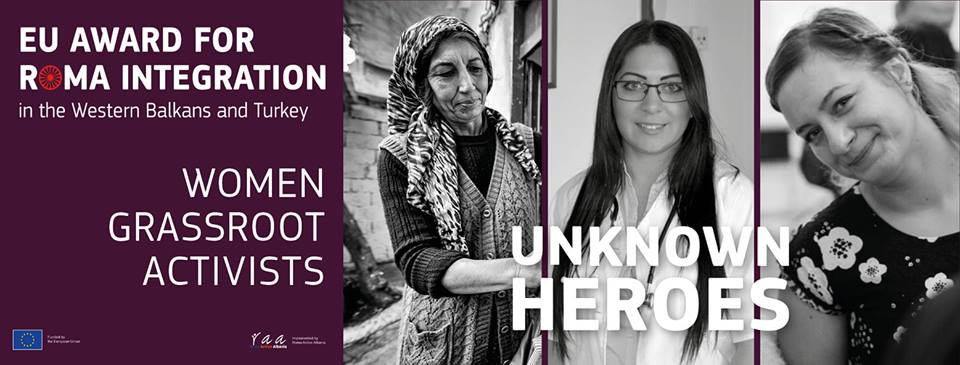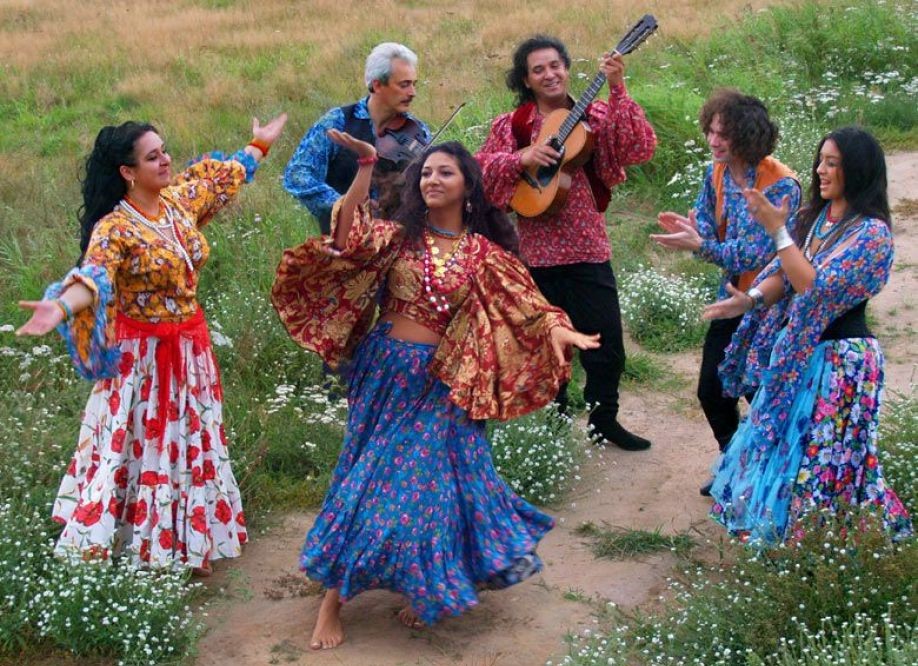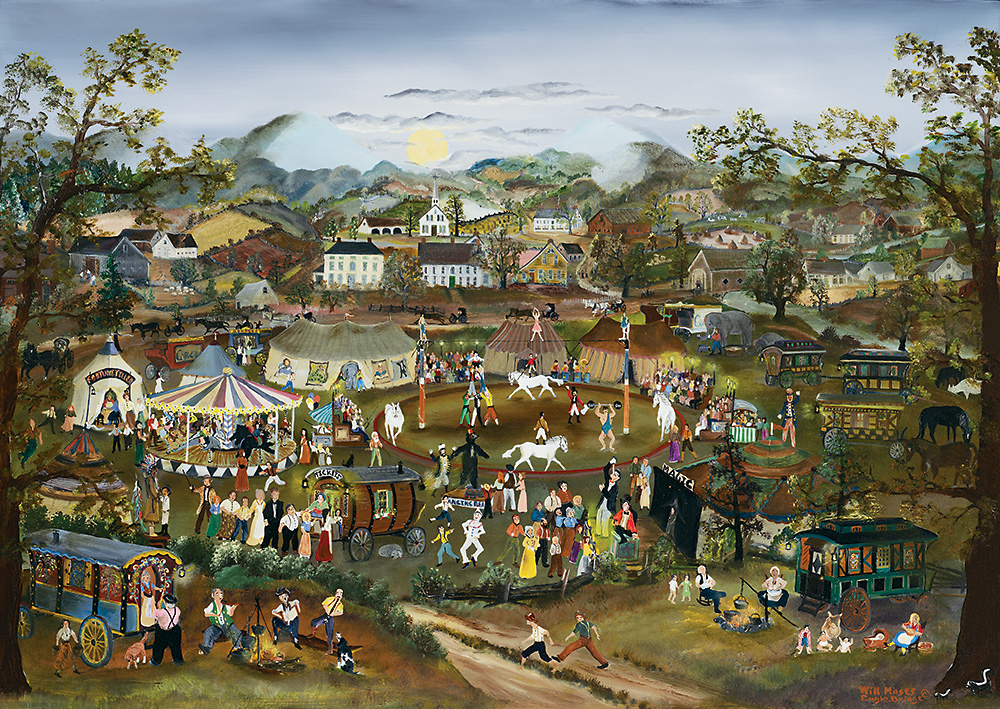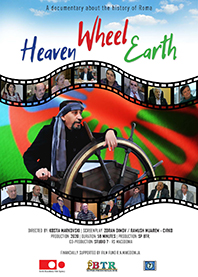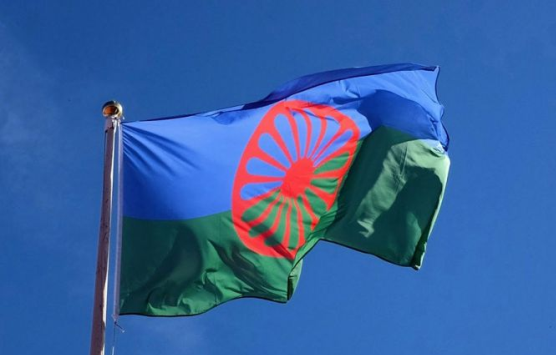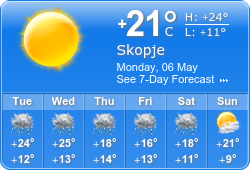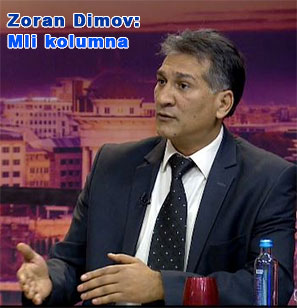
"Roma" nominated for "Oscar"
Alfonso Cuaron's black and white drama "Roma" has been nominated for best film, director, actress, screenplay, but also in the category "foreign film".
Roma "has already left a mark on the world film and festival scene in the past period.Roma is a 2018 drama film written and directed by Alfonso Cuarón, who also produced, co-edited and shot the film.
A co-production of Mexico and the United States, it stars Yalitza Aparicio and Marina de Tavira. Set in 1970 and 1971, the film is a semi-autobiographical take on Cuarón's upbringing in Mexico City, and follows the life of a live-in housekeeper to a middle-class family.
The title refers to Colonia Roma, a neighborhood in the city.The design of the picture was meticulous in its re-creation of Cuarón’s memories. The director and his production designer, Eugenio Caballero, luckily found a house in the Roma neighborhood that was set for demolition and restructured it to look exactly as the Cuarón family home did in the early 1970s, adding sliding walls and a removable roof to allow for natural lighting.
